We are assisting to a crisis of the European energy-intensive industry
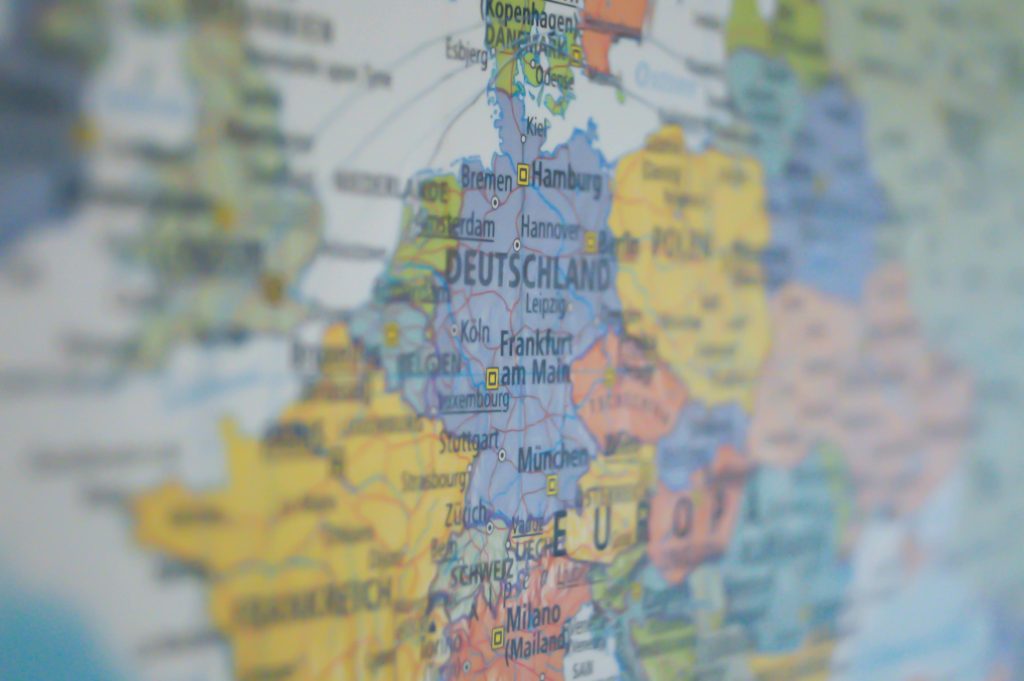

Roberto Adinolfi
Past year 2023 was registering a decline of -3,1% in the electricity demand of the European Union, which added on the -3,2% registered in 2022, leading to the lowest demand in the latest 20 years.
The causes for such a trend are largely connected to the COVID disease and the subsequent war in Ukraine, but we cannot ignore that, according to the International Energy Agency, Europe is the only area in the world registering a decline of electricity consumption for two subsequent years. And we cannot ignore that such a trend is even in contrast with the push towards electrification which you would expect as the result of the ambitious decarbonation policies of the Union.
Looking closer to the data, you can see that the decline is mainly induced by the -6% industrial consumption registered both in 2022 and 2023, almost two-thirds of the net reduction in EU electricity demand. The presence of this trend also in 2023, despite the prices for energy commodities and electricity falling from the previous record highs, shows that we are assisting to a crisis of the European energy-intensive industry, as policy developments abroad courting industrial investments put pressure on Europe’s industrial competitiveness.
In the first half of 2023, European wholesale electricity prices halved from their record highs in 2022, falling closer to their 2021 average, but are still more than double the 2019 levels. In contrast, wholesale electricity prices in the United States have almost fallen back to those levels.
Interesting to note also that the major positive changes in year-on-year power generation were provided by France (+47,24 TWh) and Finland (+10,39 TWh): in both cases, they are nuclear-related, either thanks to the restart of the French fleet or to the commercial operation of the long-waited Olkiluoto EPR plant. On the other side, major negative changes were coming from Germany (-44,64TWh) and Italy (-22,45 TWH), the two most relevant manufacturing economies in the Union.
Cheap electricity is then becoming a crucial challenge for Europe as a whole, if we still believe that the actual competition for our economies is not inside the Union but towards the rest of the world.
And such a European dimension of the energy affordability goes hand-in-hand with the other two corners of the so-called energy trilemma.
We do know that decarbonization can be pursued only through EU shared policies (by the way, not even sufficient per se to have a real impact on the worldwide issue).
Asymmetric behaviors inside the Union can have devastating effects: the Italian steel industry is the most advanced in Europe towards decarbonization, thanks to an achieved level of almost 80% steel production through electric furnaces, but is currently suffering, because of electricity prices, more than similar industry in other Member States still behind in the green deal.
Similarly, the crisis in Ukraine and the sanctions towards Russian Federation clearly showed the relevance of the European dimension when dealing with the third corner of the trilemma, i.e., security of supply. Even if many, or even most of the countermeasures were initiated at State level, joint European policies on gas price cap and on mutual inventory support were essential to address the issue,
So, it is perhaps time to recognize that the energy issues can be better addressed by going back to the fundamentals of the EU building process: it is not a case that two of the first European Treaties were dealing with coal and nuclear energy!
The energy weakness of Europe towards other parts of the World requires to make the best use of the diversity existing in the various Countries: we know that each of them is pursuing decarbonization in its own way, and it’s good that northern countries look more to wind or southern ones to solar, but we know how hard it was (and still is) to get nuclear energy on board in the taxonomy or in the Net Zero Industrial Act, and this was not good!
Special attention should also be devoted to cross border mutual support: today’s legislation is still largely reflecting a structure of independent national grids properly interconnected, more than an overall European market which could save significant inefficiencies linked to the attempt to solve at national level the relevant issues of intermittent RES.
Nuclear can and shall benefit from such new policy approach.
If we look back to the history of nuclear energy deployment in Europe, we see a large spectrum of national programs, initially struggling with the development of domestic technologies (too many! at least if I look to my Country,,,), then concentrating on building national supply chains, in most cases never reaching such a dimension to properly stabilize investment and operating costs, also because the national electric markets were not big enough to accommodate fleets of large plants (of course France is a totally different case!).
I don’t believe that such generic considerations have an overwhelming value in explaining the current status of the nuclear industry in Europe, but I am glad to see that most of the stakeholders who are looking back to nuclear look very sensitive to arguments like the need of fleet effects, standardization, common safety reviews throughout Europe and not only in their own Country!
Such an attention seems to be more appropriate for the expected European market in the next decades, when we could see new investments popping up in several Countries almost at the same time, as favored by aging of the old fleets and even by EU target dates for decarbonization.
In such a context, the nuclear industry will be forced to deeply revisit its current business model, largely based on:
- exporting domestic projects in other Countries, trying to adapt it ex-post,
- approaching each opportunity as a Specific Project,
- preferably recurring to the domestic supply chain and localizing on the basis of what already exists in the target Country.
Future projects, to be deployed at the same time in several countries, should be developed taking into consideration the issue of adaptation upfront: this is even more mandatory in the case of SMR, which rely on series effect to achieve competitiveness.
Furthermore, capacity bottlenecks will possibly be the most relevant risk to manage: synergies among the various supply chains available in Europe could be a first mitigating measure, taking into consideration the quite high capability level achieved. Through different paths, in a number of Countries, including some you would not expect, like Italy.
Nevertheless, new investments will likely be required and shall be properly planned in advance: not all of them would be attainable by single Vendors, in fact this could become an area of upfront discussion with stakeholders looking for extended localization, going over and beyond what already exists in the Country.
A further consideration stemming from pursuing competitiveness through a series deployment approach is that large part of the expected cost savings is going to materialize in the Supply Chain, but needs to be effectively, and timely, transferred into price reduction for the final customers, to stimulate new orders and then make the series approach really working.
So, a new business approach seems necessary for the future, largely based on Win/Win partnerships between Vendors and Suppliers, based on a common interest not only to strike a single deal at a time, but to jointly work to expand the market and to achieve the benefits of a standardized serial production of systems and components. It will imply actions such as:
- establish Supply chains from the initial stages of a model plant design, giving to the suppliers the chance to optimize their contribution,
- provide joint visibility of the broader market, so stimulating investments at all levels,
- promote synergies among various suppliers, to gain proper flexibility in front of market growth.
Allow me to conclude with a few remarks focusing on Italy.
The first one is that Italy is the European country with the most significant electricity import: in the last four years it has been further growing from the 11% in 2020 (a typical average) up to 16,7% in 2023. This testifies of a system still looking for stabilization, and largely depending on the broader European scenario.
Secondly, the current debate on a possible return to nuclear is largely stimulated by energy-intensive consumers who are asking for stable prices aligned with the rest of Europe: this hopefully is going to characterize the debate on more pragmatic issues, than the usual ideological ones.
Furthermore, the Italian supply chain remains one of the most relevant in Europe, and able to serve relevant nuclear projects: here in France, apart from the 2 B€ ITER contracts, Italian companies (Tectubi and IBF) helped solving the issue of stress corrosion cracking on EdF plants last year.
Then let me hope that Italy and France can work together to launch such a new nuclear business approach and so to contribute to a new phase for nuclear in Europe.
Chairman of the Board, Ansaldo Nucleare
-
Cet auteur n\'a pas d\'autres publications.
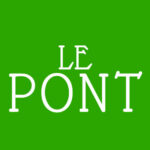



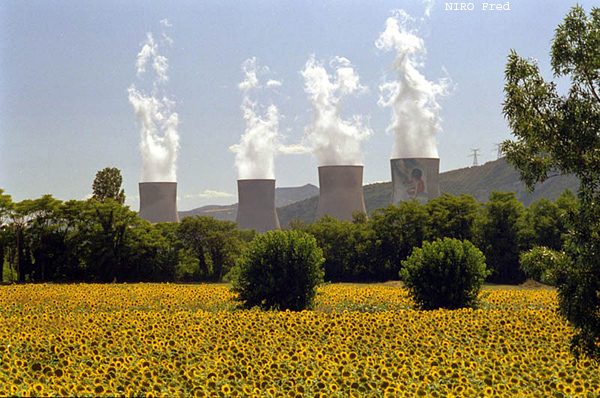
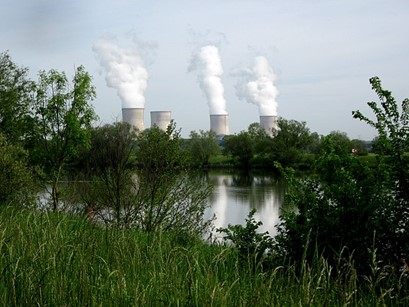

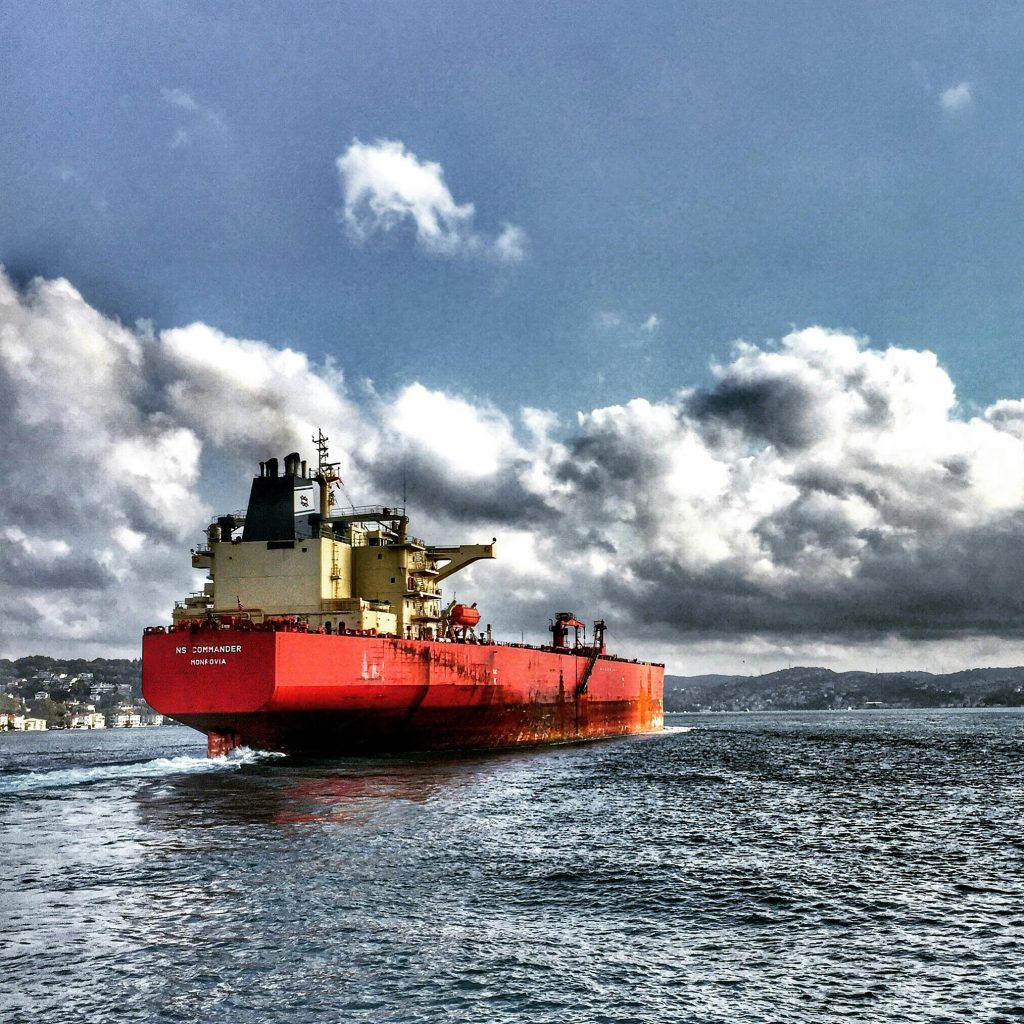
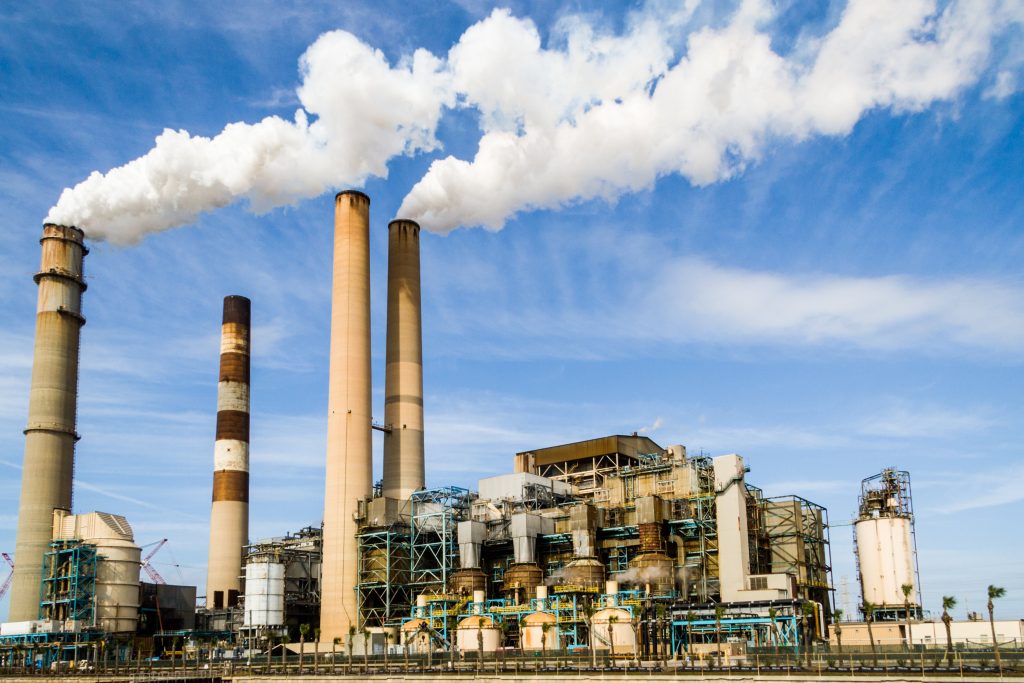
Responses